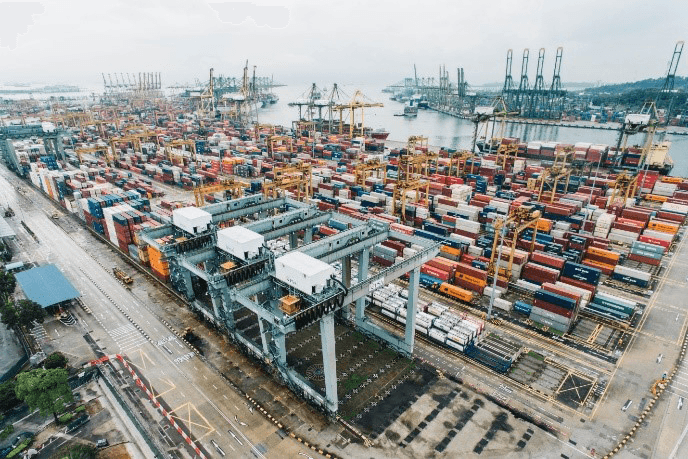How Cross-border Shipping Can Take Your Business Global (Part 2)
Cross-border shipping is helping to fuel e-commerce growth across Southeast Asia. Is your business ready to unlock new possibilities?
In part 1 of this series, we covered how cross-border shipping is a flexible and low initial investment way of fulfilling ASEAN’s upcoming demand for e-commerce goods.
But deciding to go cross-border for the first time could be a bit daunting. Luckily there are plenty of cross-border logistics providers who can help you out. This article will cover what are some of the factors you should look out for when selecting the right partner to help take your business overseas.Navigating the logistics of southeast Asia
Customs paperwork tends to be long and complicated, especially in Southeast Asia where each country has different customs laws. Last mile delivery is challenging in places with underdeveloped infrastructure. Also, some regions prefer not to use online payment methods, which may scare away potential customers who are not comfortable with paying by credit card or online banking.
Many challenges can be overcome with a little bit of help and planning. Southeast Asia’s e-commerce potential has drawn newer logistics partners to the table who aim to solve these issues. When seeking out a logistics partner, look out for those who can help with the following
1. Navigating southeast Asian customs regulations
There are logistics companies which specialize in or offer help in navigating these regulations. Some of them also have automated processes to ensure that your paperwork is up-to-date and complete. This helps your shipments move smoothly through customs, ensuring on-time delivery and satisfaction.
2. Real-time tracking
Finding a logistics partner with this capability can save you a lot of time and also provides customers with much needed assurance and transparency.
3. Easy to use software
4. Facilitates preferred local payment methods
Not all customers in ASEAN countries have access to modern payment methods such as online banking or credit cards. iPrice’s 2017 report states that cash on delivery or bank transfers are popular payment methods offered by e-commerce players in Philippines and Vietnam. Having a logistics partner that can facilitate payment options that local consumers are comfortable with could lead to more sales.
This doesn’t discount the fact that modern e-payment methods are emerging. Many countries or even social media are now building e-payment and cryptocurrencies, keeping the checkout process short which reduces the chance of cart abandonment. However, it still makes sense to offer cash-on-delivery in the short run for markets with a where sizeable groups of people prefer paying for their deliveries in cash.
This distribution model can be helped by finding the right shipping partners who can save you a lot of time and effort. Having payment option flexibility and real-time tracking also helps give customers transparency and peace of mind. Reliable deliveries can build trust which is paramount in e-commerce.Today’s growing e-commerce landscape offers exciting opportunities to get involved in cross-border shipping. The rewards of entering cross-border e-commerce at this time is well worth the effort of growing your brand and looking for the right partners to grow with you.
This article was originally posted on Janio Asia ’s blog.
-
Previous
 How Cross-border Shipping Can Take Your Business Global (Part 1)
How Cross-border Shipping Can Take Your Business Global (Part 1) -
NextTech Savvy Millennials Still Need Help Achieving Their Dreams


















 The Latest
The Latest